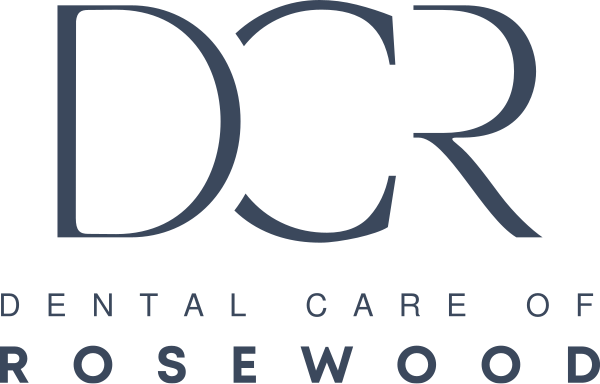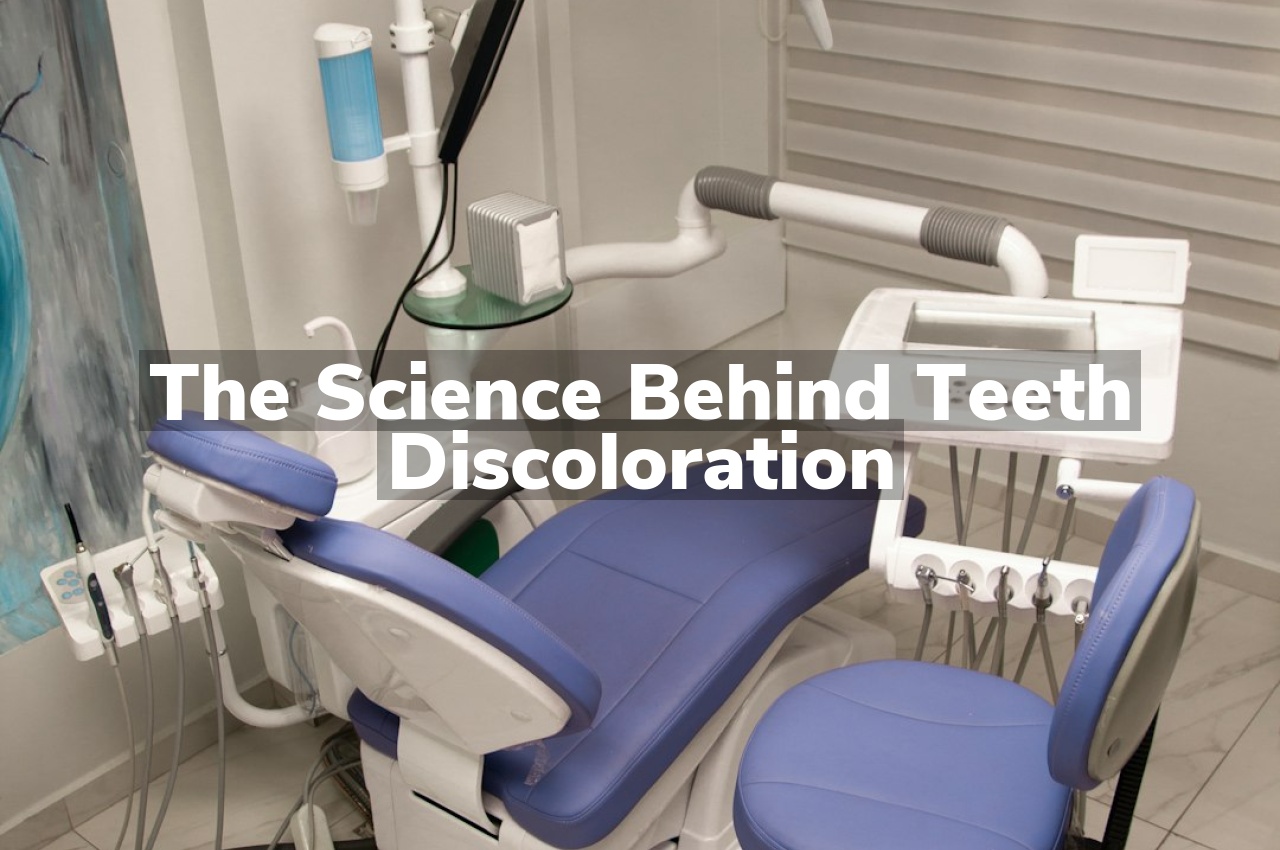Have you ever wondered what causes the once pearly white teeth to turn shades darker? The science behind teeth discoloration involves a combination of external factors, such as the foods and drinks we consume, and internal changes, like aging and genetics, that affect the color of our teeth over time.
Causes of Teeth Discoloration
Teeth discoloration is a common concern that affects many people, and understanding the science behind it can help demystify this condition. The causes of teeth discoloration are varied and can be broadly categorized into extrinsic and intrinsic factors. Extrinsic discoloration occurs due to external factors affecting the outer layer of the tooth, the enamel. This type of discoloration is often caused by the consumption of certain foods and beverages, such as coffee, tea, red wine, and some fruits like blueberries. Smoking and chewing tobacco are also significant contributors to extrinsic teeth discoloration.
On the other hand, intrinsic discoloration affects the inner structure of the tooth, known as the dentin, making these stains more challenging to address. Causes of intrinsic discoloration include excessive fluoride exposure during early childhood, use of certain medications, trauma to a tooth, and the natural aging process, which can cause the enamel to thin, revealing the yellower dentin underneath. The pursuit of remedies for teeth discoloration is not new; indeed, people have sought whiter teeth for centuries, employing a variety of methods. For a fascinating look at how our ancestors approached this issue, consider exploring Historical Methods of Achieving Whiter Teeth.
Impact of Food and Beverages
The colors and types of food and beverages we consume play a significant role in the discoloration of our teeth. Many common consumables, such as coffee, tea, red wine, and certain fruits like berries, contain pigments that can attach to the enamel of our teeth. Over time, these pigments can penetrate the porous surface of the enamel, leading to a noticeable change in the color of our teeth. This process is natural and occurs gradually, affecting individuals differently based on their consumption habits and the natural composition of their teeth.
Additionally, acidic foods and drinks can exacerbate the discoloration process by eroding the enamel, making it easier for pigments to latch onto and stain the teeth. This erosion not only contributes to discoloration but can also affect the overall health of the teeth. While the impact of food and beverages on teeth discoloration is widely acknowledged, it’s important to understand that it’s part of a broader spectrum of factors influencing dental health and aesthetics. For those seeking professional advice or services in addressing teeth discoloration, Columbia’s Premier Teeth Whitening Services may offer solutions tailored to individual needs.
Role of Oral Hygiene
Oral hygiene plays a pivotal role in the overall health and appearance of our teeth, including their color. Regular and proper care of the mouth, teeth, and gums can significantly influence the prevention of teeth discoloration. This discoloration can occur due to various factors, but maintaining oral hygiene is a fundamental aspect in mitigating the risk of developing stains and maintaining the natural color of teeth. The science behind teeth discoloration reveals a direct correlation between oral hygiene practices and the aesthetic appeal of one’s smile.
Effects of Aging on Teeth
As we age, our teeth naturally undergo various changes that can lead to discoloration. This process is influenced by a combination of factors including the thinning of enamel, which allows the underlying dentin to show through, giving teeth a yellowish appearance. Additionally, years of consuming staining foods and beverages, as well as certain lifestyle habits, can contribute to the darkening of teeth over time. It’s a natural part of aging that reflects the story of an individual’s life but can affect how one feels about their smile. Understanding these changes is crucial in appreciating the importance of maintaining oral health throughout one’s life. For those interested in learning more about maintaining their oral health, Dental Care of Rosewood is a valuable resource, offering insights and expertise from a trusted Columbia Dentist.
Genetic Factors in Teeth Color
The color of one’s teeth is not solely determined by lifestyle or environmental factors; genetics play a pivotal role as well. Just as we inherit eye color or hair texture from our parents, the natural shade of our teeth is also a trait passed down through generations. This genetic influence means that some individuals may naturally have brighter or darker enamel compared to others, regardless of their oral hygiene practices or dietary habits. Understanding the genetic basis behind teeth color can provide valuable insights into why teeth discoloration varies significantly among different people, highlighting the complexity and individuality of dental health.
Conclusion
Understanding the science behind teeth discoloration empowers us to make informed decisions about our oral health. For further inquiries, call us at 803-810-1416 or read our reviews on Google Maps.

